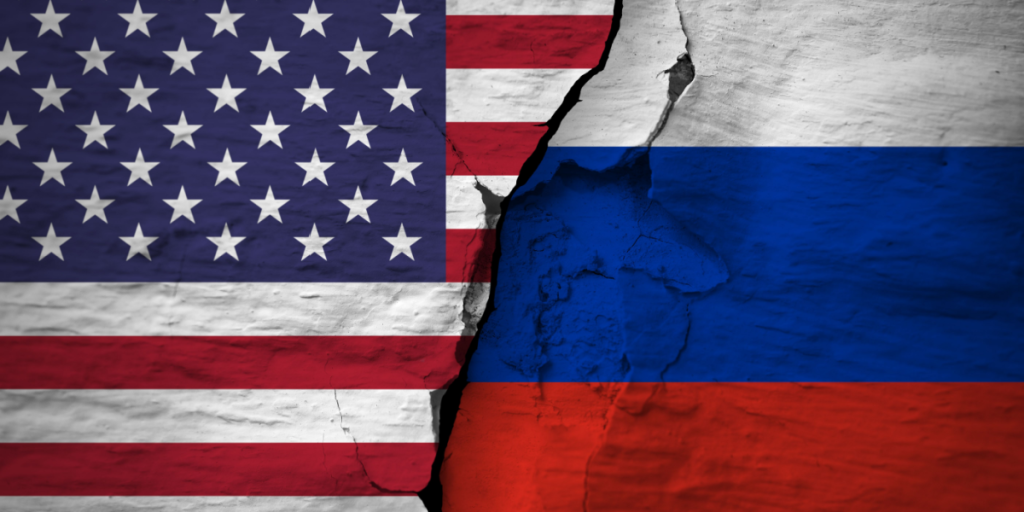Today, it’s considered one of the most profitable land deals in American history, especially after the discovery of vast oil reserves
Others are reading now
In 1867, the Russian Empire sold Alaska to the United States for $7.2 million, a move that outraged many in Russia and was mocked by critics in the U.S. at the time. .
Alaska’s Russian Roots

Long before it became the 49th U.S. state, Alaska was a distant outpost of the Russian Empire. Fur traders, not soldiers, were the first to arrive in the mid-18th century, lured by the wealth of sea otters.
Settlements like Novo-Arhangelsk (now Sitka) sprang up, and Russian Orthodox churches, with their onion-shaped domes, still dot the Alaskan landscape.
Baranov, the Ruthless Governor
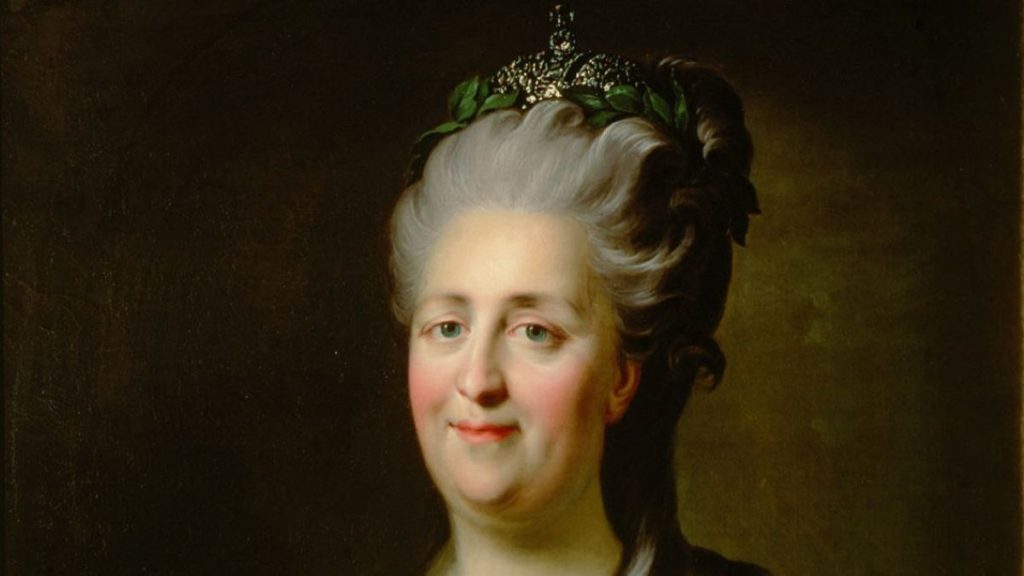
Catherine the Great’s 1780 authorization of the Russian-American Company led to rapid expansion. Alexander Baranov, the company’s iron-fisted governor, aggressively expanded Russian control.
He violently suppressed native tribes like the Tlingit, earning the nickname “Heartless,” as noted in The Guardian. Orthodox missionaries soon followed, establishing churches and schools.
Also read
The Cost of Empire
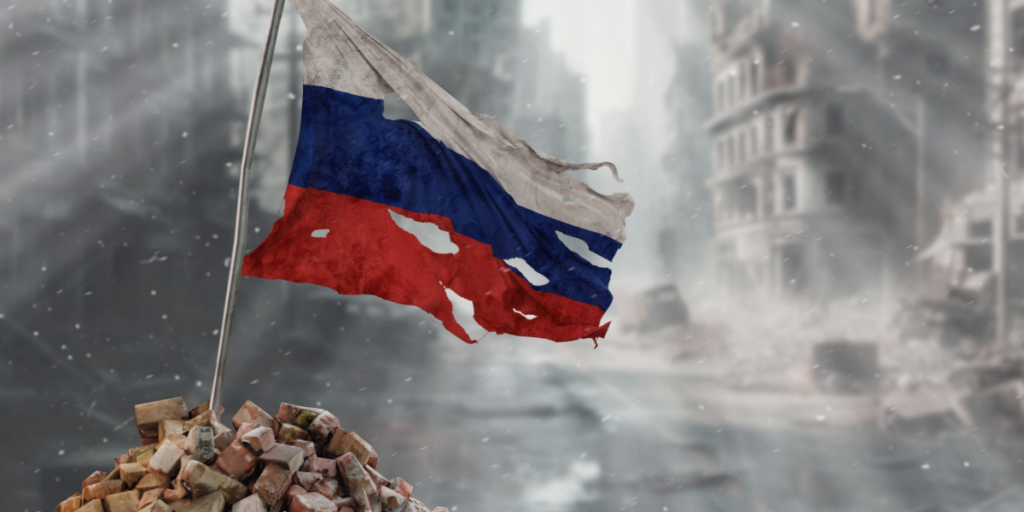
By the mid-19th century, Alaska had become a financial burden for Russia. The Crimean War had depleted the imperial treasury, and Alaska’s isolation made it nearly impossible to defend.
Russia feared losing the territory to the British in a future conflict and quietly began looking for a buyer.
“No One Knew the Truth Back Home”
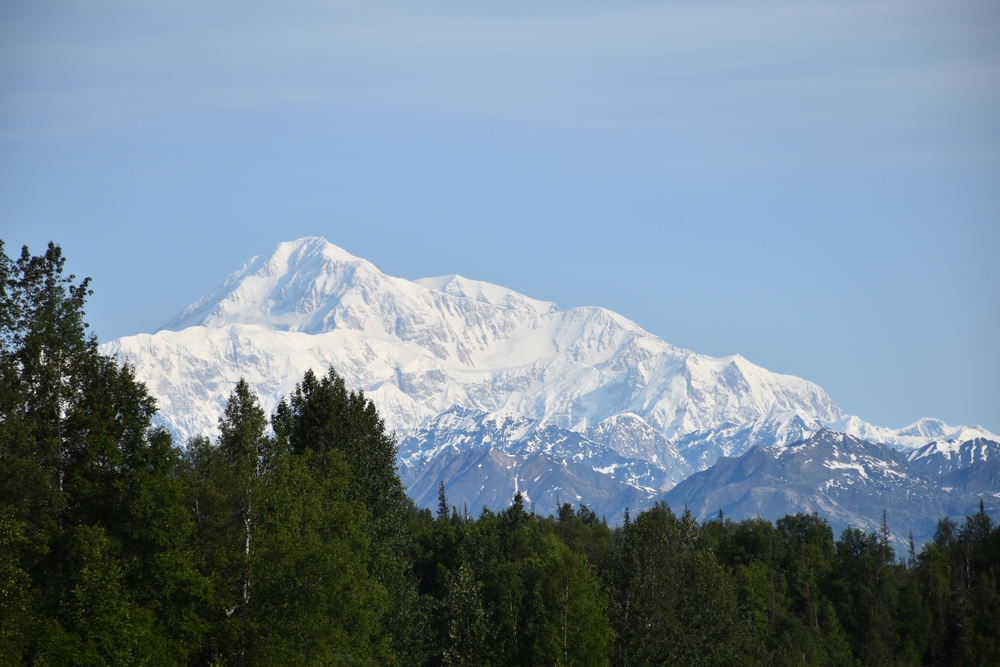
Russian diplomat Eduard de Stoeckl, who negotiated the deal in Washington, wrote that few in St. Petersburg understood the realities of Alaska’s condition. “It was simply a question of selling them or watching them taken from us,” he wrote in 1867.
Still, many Russians viewed the sale as a shameful loss of national pride.
Seward’s “Folly”
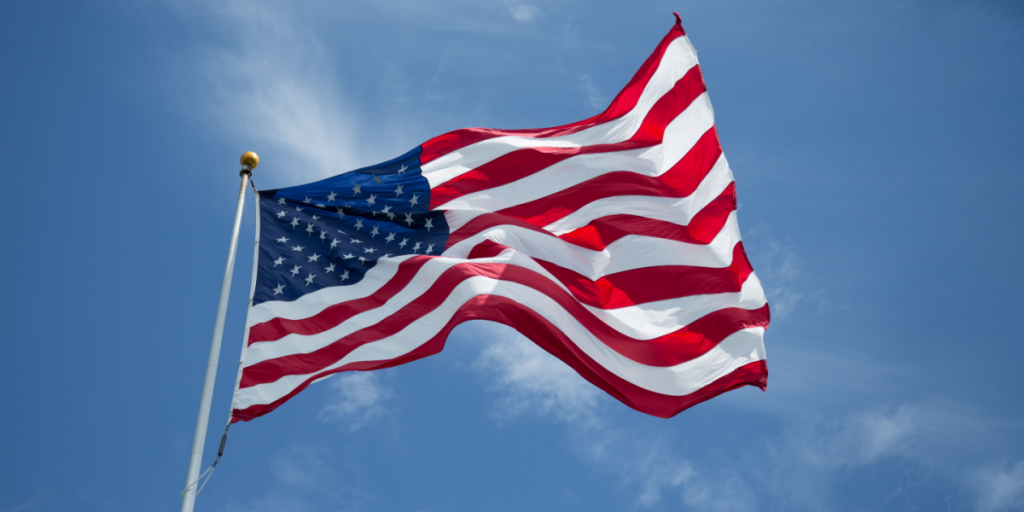
In the United States, the deal wasn’t welcomed with open arms either. Critics called it “Seward’s Folly,” mocking Secretary of State William H. Seward for buying a “frozen wasteland.” Newspapers claimed Russia had sold the U.S. a “squeezed orange,” suggesting Alaska had already been stripped of any real value.
Also read
Gold, Then Oil

Public opinion changed fast. The Klondike and Nome gold rushes of the late 1800s, followed by the discovery of oil in the 20th century, transformed Alaska into a treasure trove of resources.
What was once derided became a cornerstone of U.S. economic and geopolitical strength.
A Win-Win, in Retrospect
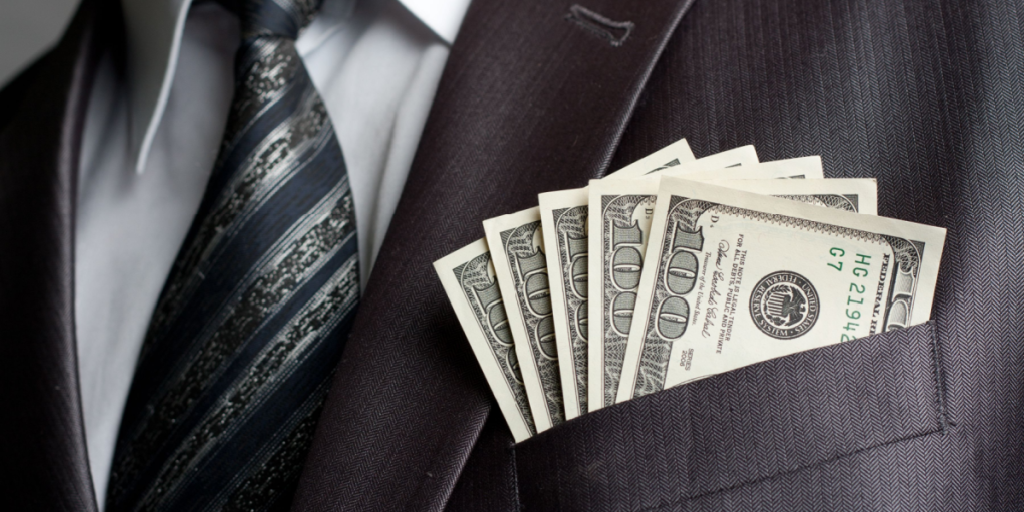
Despite the initial backlash, the sale ultimately benefited both nations. Russia gained cash, avoided a costly colonial defense, and improved relations with the U.S.
Meanwhile, America expanded its Pacific footprint and blocked further European colonial expansion in North America.
Traces of Empire

Today, reminders of Russia’s colonial past remain visible. St. Michael’s Cathedral in Sitka, built between 1844 and 1848, stands as a symbol of Orthodox influence.
Also read
Russian place names and heritage continue to be woven into Alaskan culture more than 150 years after the sale.
A New Chapter?

As leaders like Trump and Putin stage symbolic visits to Alaska, some wonder if history might echo into the present.
While modern geopolitical realities differ greatly, the ghosts of past land deals serve as a reminder: territories should never again be bartered at the whim of empires.

